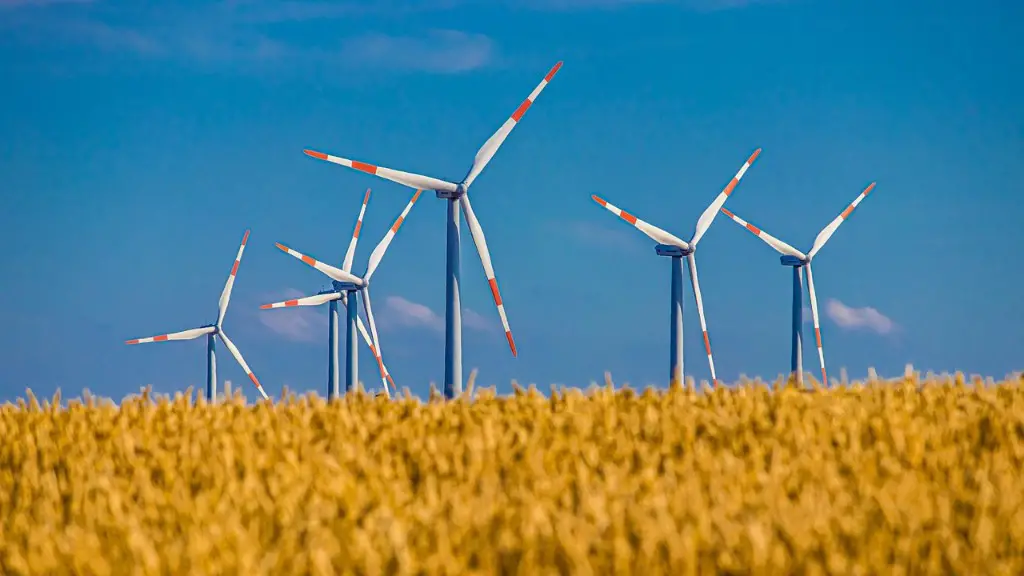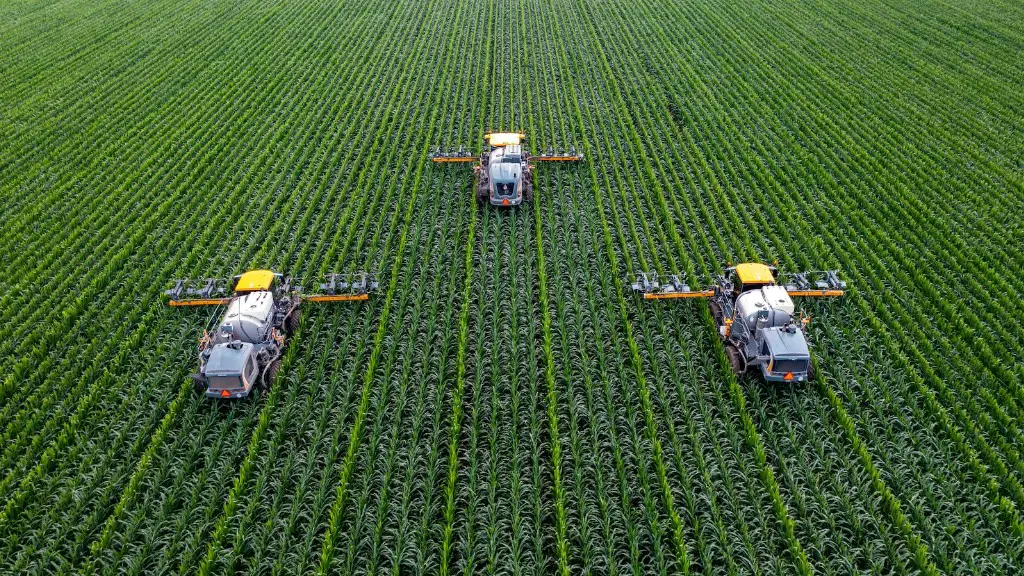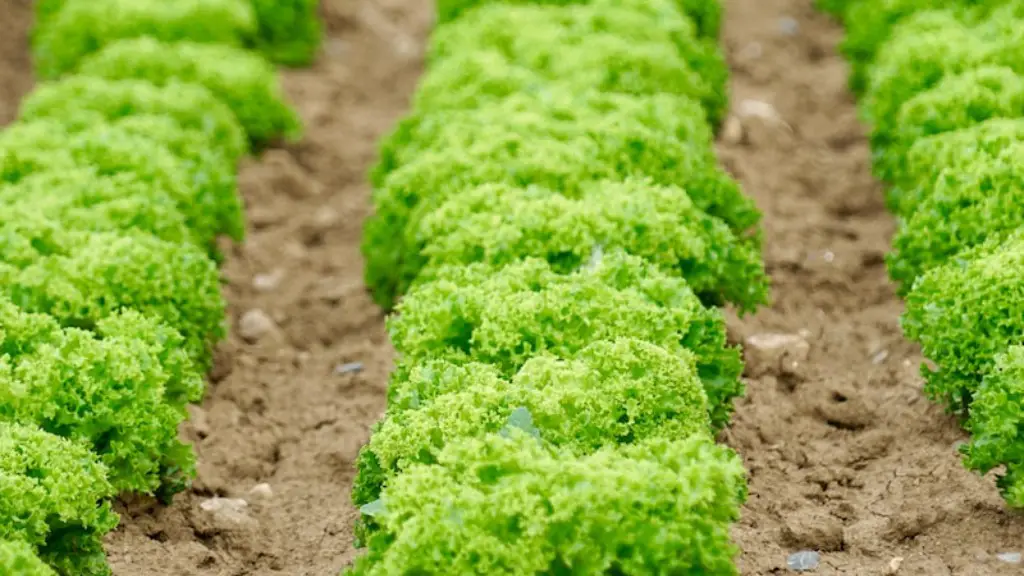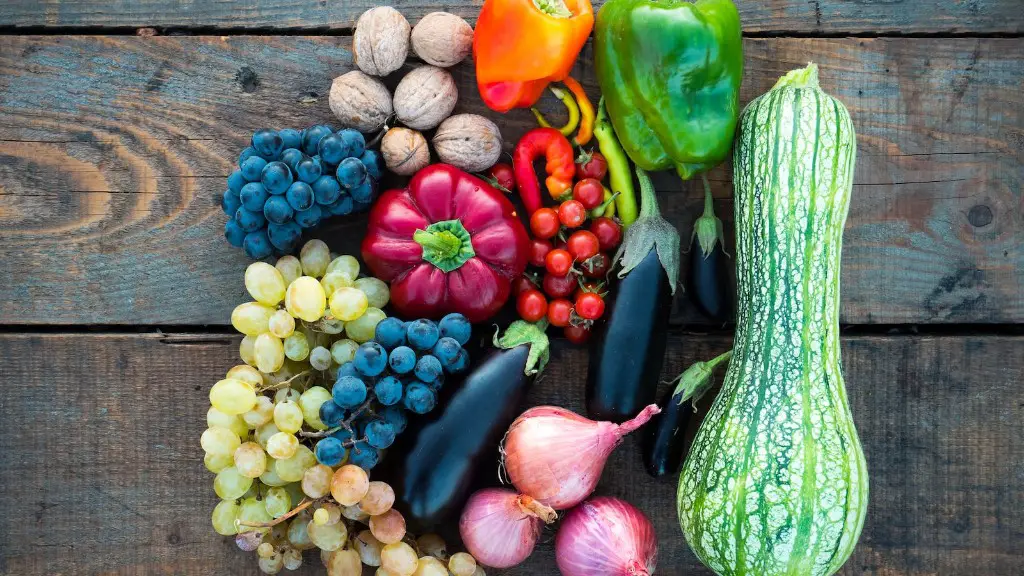Direct drilling is an economical and sustainable method of cultivating agricultural land. It involves planting seeds or seedlings directly into the unploughed soil, leaving the ground structure undisturbed. Direct drilling is becoming increasingly popular with farmers, due to its ability to significantly reduce soil compaction, help preserve soil moisture and improve the natural fertility of the land. In contrast to traditional ploughing, this method allows farmers to avoid disturbing the soil and thus keep the delicate layers of microorganisms, fungi and nutrient rich soil intact.
Direct drilling is an efficient way to get the most out of your soil, as it reduces the need for intensive tillage and minimises the chances of soil erosion. The lack of tilling also ensures that nutrients remain within the soil, increasing soil fertility and making it easier for plants to take up essential nutrients. This method also helps reduce soil compaction and can be especially beneficial when implemented in clayey soils. In addition, direct drilling can reduce the risk of weeds and pests, and help to preserve moisture.
Direct drilling can also yield significant cost savings for farmers. Since there is no need to use ploughs or tractors, the cost of inputs is significantly decreased. This method also helps conserve soil moisture and prolongs the effective water cycle of crops, meaning that water can be used more efficiently. Furthermore, direct drilling keeps essential nutrients within the soil, meaning they are not absorbed and washed away by heavy rains.
Lastly, direct drilling is an excellent way to maintain soil health and promote sustainable, profitable farming practices. The lack of tilling preserves the delicate, dynamic balance of soil organisms, such as earthworms, beneficial fungi and microorganisms. This helps to ensure that the land remains fertile, and increases yield and crop quality. Moreover, preserving the natural structure of the soil also prevents soil erosion – a major challenge for farmers in many parts of the world.
Advantages of Direct Drilling in Agriculture
Direct drilling offers a range of advantages for farmers, not only in terms of cost savings but also in terms of soil and crop health. Specifically, this method helps to preserve the delicate structure of the soil, leave nutrients intact, minimise the chances of weed and pests, and use water more efficiently. Moreover, it is an economical and sustainable way of cultivating land, meaning it is likely to keep gaining in popularity with farmers across the globe.
One of the most important benefits of this method is that it helps to reduce soil compaction and erosion. Ploughing often disrupts the natural structure of the soil, making it much more prone to compaction and erosion. Direct drilling avoids this problem by leaving the structure of the soil intact, which is incredibly important for preventing soil degradation over time.
Furthermore, direct drilling helps to preserve beneficial soil moisture which can be essential for a crop’s growth and development. The lack of tilling helps keep essential nutrients within the soil, increasing the fertility and reducing the need for fertilisers. This method also decreases the chances of weeds and pests, since the seeds are planted directly into the soil, thus avoiding their presence. Lastly, direct drilling is an economical and sustainable way of cultivating land, reducing inputs and preserving soil health.
Challenges of Direct Drilling in Agriculture
Despite the numerous advantages associated with this method, direct drilling can also present a number of challenges. The most common issue with this method is that, due to the lack of tilling, the soil is more likely to become cloddy and hard to work with. This can make sowing more difficult and often requires additional practices to smooth the soil out.
Additionally, some farmers may find direct drilling more difficult to manage compared to more traditional methods. Whilst it does help to reduce inputs and costs, this method requires knowledge, skill and time to master. Farmers need to be familiar with their land and the crops they are sowing, and have the knowledge about when and how to sow in order to get the most out of their land.
Finally, direct drilling can increase the chances of wind erosion, since there is no tilling to counteract the force of the wind. This means that farmers need to take particular care when implementing this method, and consider additional practices that can help prevent erosion.
Conditions for Direct Drilling
Direct drilling is most effective and efficient when certain conditions are in place. Perhaps the most important of these condition is that the land should be fairly level. Soils which are uneven or which have ditches tend to be less suitable for this method, as seeds cannot be sown evenly across the land. Additionally, the soil should be fertile and properly prepared for the crops. It should also have sufficient moisture and drainage, so that crops are not at risk of waterlogging.
In addition, farmers should decide which crops to plant and when. This will depend on the size of the land, the intended crop rotation and the efficiency of the soil. Furthermore, direct drilling should be implemented at the right time of year, with some crops sown in the autumn and others in the spring. This can be tricky to determine, as farmers need to take into account a range of factors including soil condition and weather.
Moreover, the seedbed should be prepared properly and the appropriate equipment used. This usually involves using a shallow disc plough to break up the soil and provide a fine tilth. Furthermore, the use of a cultipacker can help firm the soil around the seed and ensure good seed-soil contact. Lastly, a roller can be used to even out the soil and reduce the chances of clodding.
Benefits for the Environment
Direct drilling is an incredibly important practice for improving environmental sustainability in agriculture. By leaving the soil intact, this method helps preserve soil fertility, reduce erosion and improve water filtration and retention. Additionally, it helps to minimise the amount of inputs and reduce the amount of energy utilised, making it an excellent way to reduce the environmental footprint of agricultural practices.
Furthermore, this method helps preserve soil biodiversity and keep essential nutrients within the soil. This is particularly valuable in areas with a fragile ecosystem, or where fertility levels are low. Additionally, direct drilling can help reduce farm wastes and the use of harmful chemicals, thus ensuring that the air, water and land are kept clean and healthy.
Lastly, this environmentally friendly approach to agriculture can benefit the wider economy and society. By improving land and soil health, this method can help to increase yield and crop quality. This has the potential to boost local markets and provide a more equitable food system. Moreover, soil-conserving methods such as direct drilling can encourage the development of other sustainable farming and food production practices, thus helping to ensure the long term sustainability of farming.



